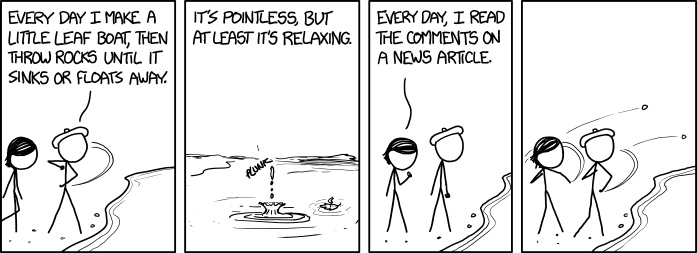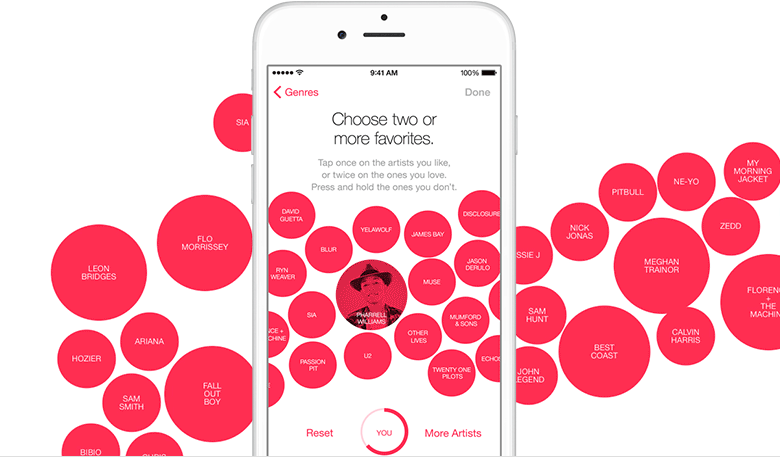A publisher shared this article in the NYT:
“We’re focusing The News more and more on its online activities,” Mr. Zuckerman said in an interview last week, “because that’s where the audience is going. It’s a younger audience and that’s what advertisers want. If people don’t want horses and buggies anymore and they want to ride in automobiles, then you better damn well get into the auto business.”
It is hardly news that newspapers everywhere are grappling with the challenges of the Internet, but the ways in which The Daily News has approached this wrestling match have left some members of its staff worried that the paper has betrayed its mission in exchange for digital clicks. It was not just the bloodletting in the feature, sports and business pages, which, people noted, were some of the paper’s most beloved sections; several employees said that The News’s top executives, in their scramble for solutions, had made the paper more down-market and sensational — a tepid imitation of the Post.
“The mantra in the building is web, web, web,” said one reporter who lost his job this month. “But they haven’t figured out how to monetize the web yet. And so it just gets trashier and trashier in an effort to juice the numbers.”
...
Mr. Zuckerman insisted that The News would continue to cover the city with the same deep sourcing and doorstep reporting it has always used, not least because New York, he said, is a subject that intrigues the world. But in the wake of the layoffs, in tearful and occasionally drunken conversations, his troops expressed concern that the culture of the paper had irreparably changed.
“When I first got to The News, it was about all reporting and writing, but now it’s about self-promotion,” said one former veteran reporter. “I can’t remember the last time someone on the staff sent a note saying, ‘Hey, good piece.’ What they say now is, ‘Hey, we broke the March record for page views!’ ”
“We’re focusing The News more and more on its online activities,” Mr. Zuckerman said in an interview last week, “because that’s where the audience is going. It’s a younger audience and that’s what advertisers want. If people don’t want horses and buggies anymore and they want to ride in automobiles, then you better damn well get into the auto business.”
It is hardly news that newspapers everywhere are grappling with the challenges of the Internet, but the ways in which The Daily News has approached this wrestling match have left some members of its staff worried that the paper has betrayed its mission in exchange for digital clicks. It was not just the bloodletting in the feature, sports and business pages, which, people noted, were some of the paper’s most beloved sections; several employees said that The News’s top executives, in their scramble for solutions, had made the paper more down-market and sensational — a tepid imitation of the Post.
“The mantra in the building is web, web, web,” said one reporter who lost his job this month. “But they haven’t figured out how to monetize the web yet. And so it just gets trashier and trashier in an effort to juice the numbers.”
...
Mr. Zuckerman insisted that The News would continue to cover the city with the same deep sourcing and doorstep reporting it has always used, not least because New York, he said, is a subject that intrigues the world. But in the wake of the layoffs, in tearful and occasionally drunken conversations, his troops expressed concern that the culture of the paper had irreparably changed.
“When I first got to The News, it was about all reporting and writing, but now it’s about self-promotion,” said one former veteran reporter. “I can’t remember the last time someone on the staff sent a note saying, ‘Hey, good piece.’ What they say now is, ‘Hey, we broke the March record for page views!’ ”






